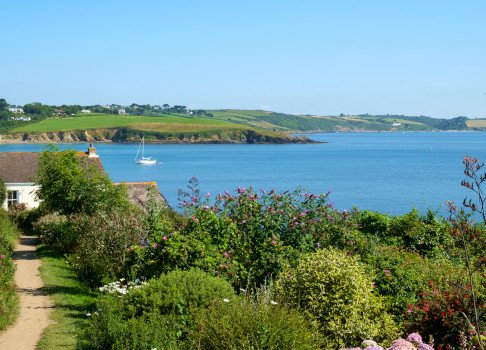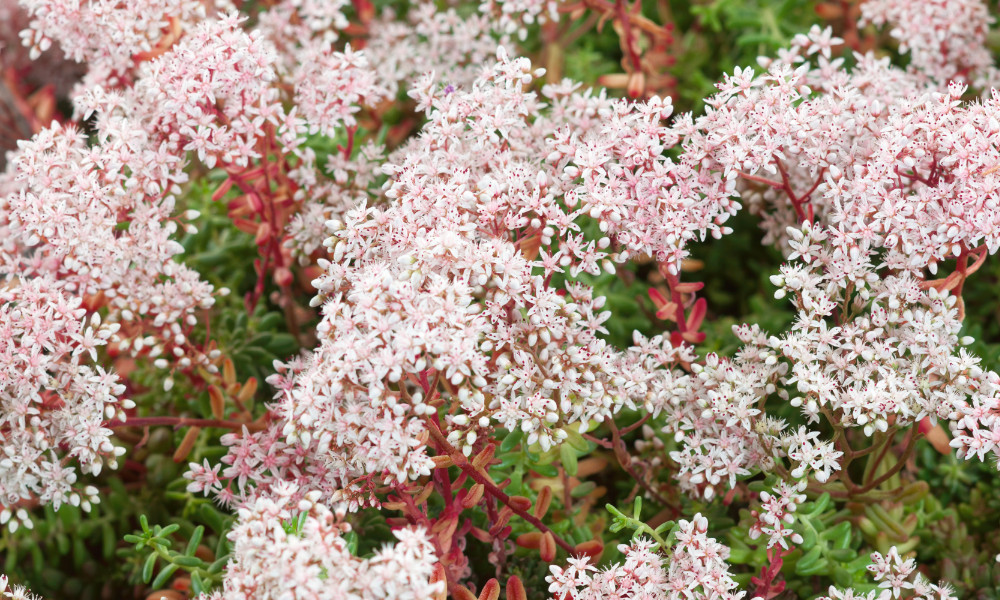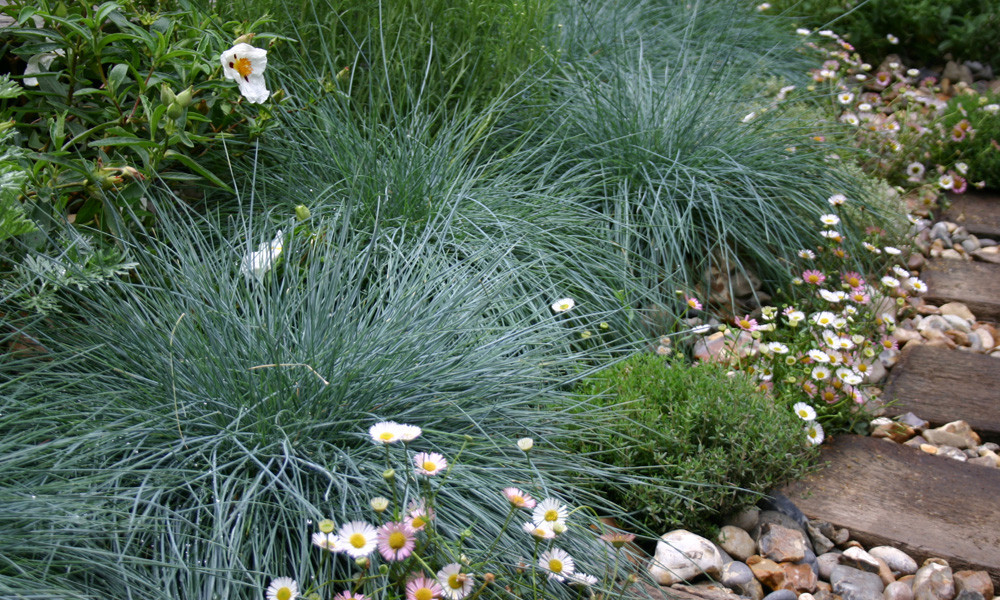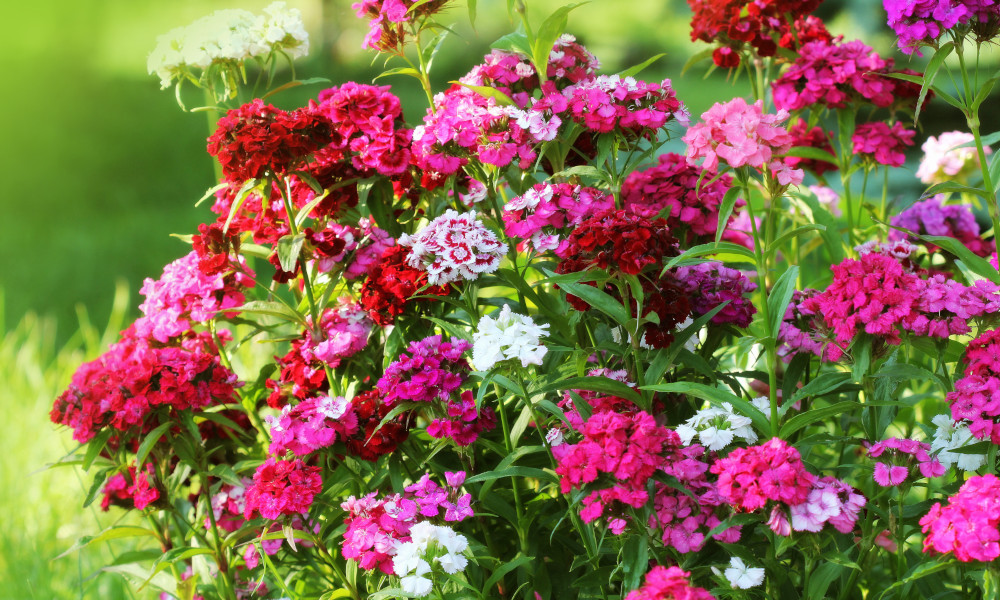How to Create a Coastal Garden
How to Create a Coastal Garden

A coastal garden is the perfect addition for those with and without a sea view, creating both a cheery and informal setting that is ideal for entertaining and relaxing. Swathes of grasses and silvery foliage are a must have, creating a comforting and care-free environment. Mix shapes and textures with the addition of rocks, gravel, sand and pebbles to whisk you away to a seaside haven.
Planting Combinations
Dianthus, Sedum, Osteospermum, Erigeron, Hebe, Festuca, Marram grass, Pampas grass, Escallonia, Delosperma

Planting a Coastal Garden
If you have sandy soils, incorporate plenty of organic matter such as compost or well-rotted manure and mix thoroughly to improve drainage whilst enriching the planting area.
A nautical and seaside atmosphere can be created within any type of garden, regardless of whether you reside by the sea or not.
Many inland areas are inhabited by sandy, dry soil which can be embraced with the right type of plants. Many gardens by the coast encounter harsh conditions such as high winds, sea salt, exposure to sunlight along with heavy rain.

Varieties such as sedum and ornamental grasses like scirpus are great for containers or planted close to water. Forget planting in formal beds and borders but plan your garden with irregular shapes allowing plants to grow and spread in situ creating a natural and effortless appearance.

Instead, plant ornamental grasses in random clumps to create height and structure such as festuca, marram grass or pampas grass. Use soft modest colour in the form of Escallonia with their lush foliage and small, delicate flowers.

Use rustic trugs and containers to encompass a seaside theme and paint wooden structures or buildings in soft nautical colours. If you are located by the coast, treat wooden structures to prevent damage from sea salt and adverse weather conditions.






